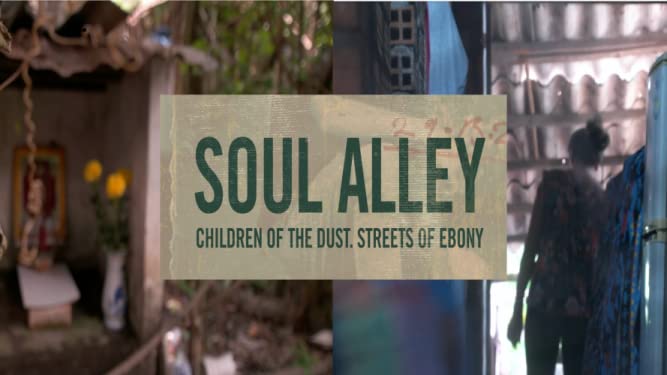
I have a theory. After every major war in which the United States participated, there was a major surge of Black demands for equal rights. The driving force was Black veterans who had been trained in warfare. Upon their return home, those veterans were not willing to accept Jim Crow, Klan terror, or any other form of discrimination.
People talk about–indeed, romanticize–the so-called ‘Roaring Twenties’, which was when: right after World War I in Europe and the burgeoning Garvey era in the United States.
In case you were never taught in school or informed in the street, Garvey’s movement, the UNIA (Universal Negro Improvement Association), was the largest organization of Black people before or since its time; and yes, larger than the NAACP or the Urban League. Moreover, the aptly named 1919 ‘Red Summer’ was a high point of lynchings and terror against Blacks in 20th century America, was at the same time a high point of resistance to terror and Black organizing for self-determination.
Assassinated Civil Rights leader Medgar Evers was a veteran of World War II. I argue that the fifties Civil Rights movement was a militant push by Black youth and veterans returning from the Korean conflict. But the real riot was the anti-war effort which culminated in the fight back against the Viet Nam war and which included numerous, highly motivated and vigorously vocal activities by veterans.
In the sixties I served in the U.S. Army on a nuclear missile base in South Korea, about fifty miles below the DMZ line separating North and South Korea. In addition to maintenance and repair of the Nike Hercules nuclear missile, which included arming the warhead–I was trained in ‘biological, chemical and radiological’ warfare. I was not a pacifist.

“Back in the world”, as GI’s stationed in Asia often referred to the United States, was a way of looking at the politics of that era that was memorialized on Curtis Mayfield’s popular and critically important recording of the same title. Two major events took place: the 1964 Civil Rights Act and the 1965 Voting Rights Act, both were signed by then President Lyndon Johnson.

Amid both political victories and ever-widening economic disparities, major rebellions broke out in cities all across the nation. The urban disturbances were kicked off by what the mainstream dubbed “the Watts riots”, but which Black activist asserted was the “Watts Rellions” of 1965 and included the Detroit actions of 1967 that required the deployment of Army paratroopers to suppress.
I mustered out of the army June 6, 1968, approximately one month after the April 4th shooting and killing of King. I was eager to become a stalwart of the Black Power movement. Paradoxically, my activism included leading a 1969 takeover of the administration of southern University in New Orleans. Regardless of limited advancements for Black politicians, the social climate continued to deteriorate.
Black involvement in Vietnam had both positive and negative results. Spike Lee’s major release “Da Five Bloods” cinematically attempts to tell the convoluted story.


Vietnam was no simple story, especially in terms of gender relations between Black soldiers and Vietnamese females. Although not a statistically significant plurality, the offspring of soldiers and civilians was a tale too often untold although highly visible. Available on Amazon Prime, “Soul Alley” is a documentary that attempts to detail at least a part of the story. “Soul Alley” was a small section of Saigon that included soul food restaurants and was organized by Black GIs.
Over the post-Vietnam years, well into the new millennium, there were political victories, however the Black community continued to be terrorized by both the police and groups such as the KKK and the White Citizens Council.
Blacks were not passive and responded to terrorism with non-violent resistance as well as with militant activism. In 1981 a bold and controversial sit-in and take-over of Mayor Dutch Morial’s City Hall office. We were calling for accountability and punishment of ever increasing police brutality and killings that were on the rise in New Orleans.
Well over thirty years later the fight to erase economic disparities and anti-racial terror (which terror now includes attacks on people of Asian heritage) continues even as some Republican politicians argue that America is not racist. Meanwhile the beat goes on. The attempts at beat-downs of minorities continues in America. Fortunately, more and more people are waging protests and resistance against the effort to make America a zone of de-facto White supremacy.
